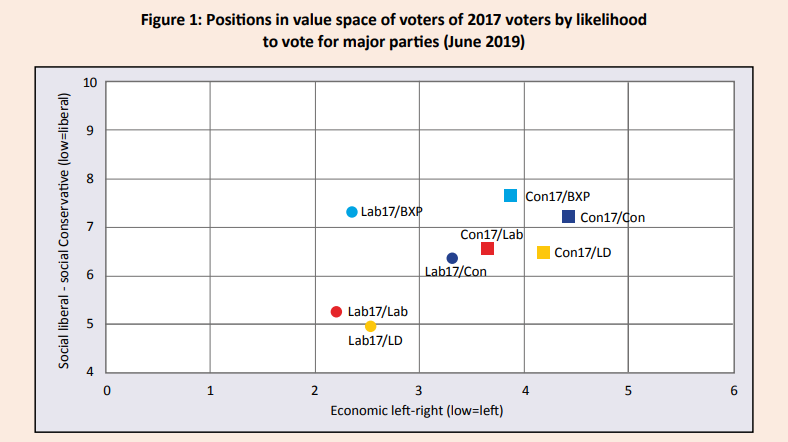
Looking at voters who switched from Labour to Conservative either in 2017 or 2019, compared with other Con and Lab voters. All data from BES internet panel
56% of those who switched self-identify as working class (36% of Cons and 49% of Lab) /1
56% of those who switched self-identify as working class (36% of Cons and 49% of Lab) /1
A third of 'switchers' think neither party looks after their local area (compared with 21% Cons and 15% Lab)
I think this is an important factor - and need to better understand the difference people draw between someone who stands up for them/their area and regional devo /2
I think this is an important factor - and need to better understand the difference people draw between someone who stands up for them/their area and regional devo /2
When asked to place themselves on a left-right scale more than half the 'switchers' choose either the mid-point of the scale or 'don't know' (34% Con and 30% Lab) /3
And finally when asked about their party identity more of the switchers from Labour to the Conservatives identified with Labour than with their new party.
31% Con id 33% Labour id 27% no party id /4
31% Con id 33% Labour id 27% no party id /4
• • •
Missing some Tweet in this thread? You can try to
force a refresh










